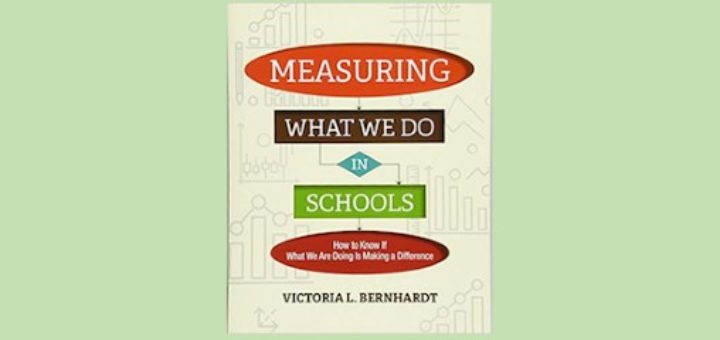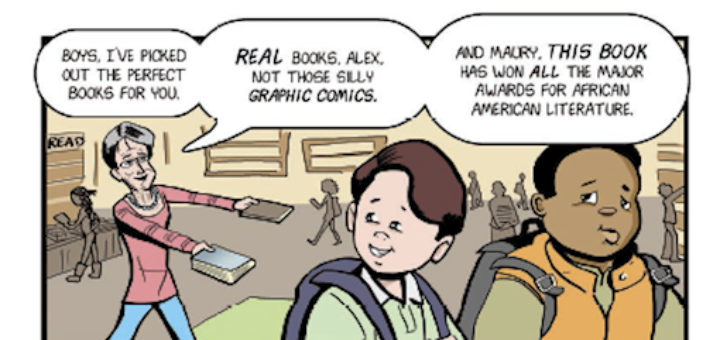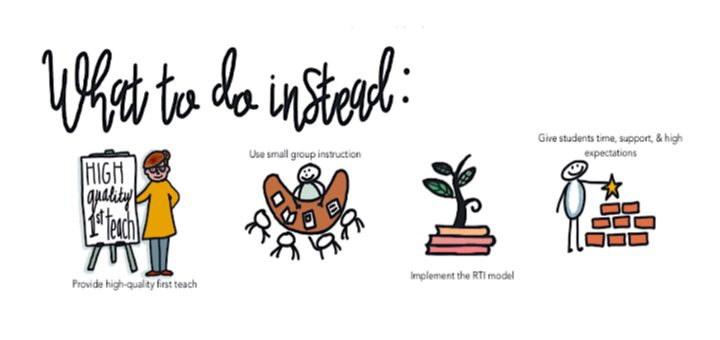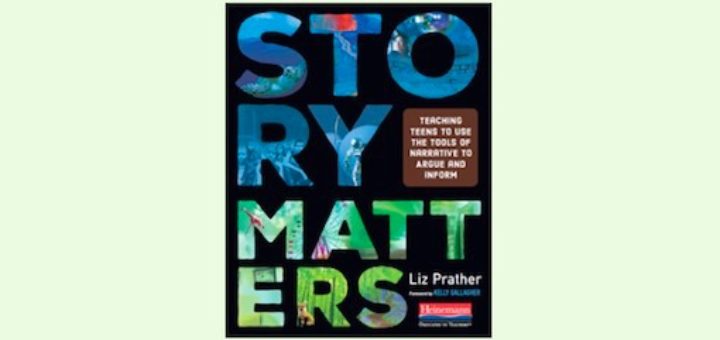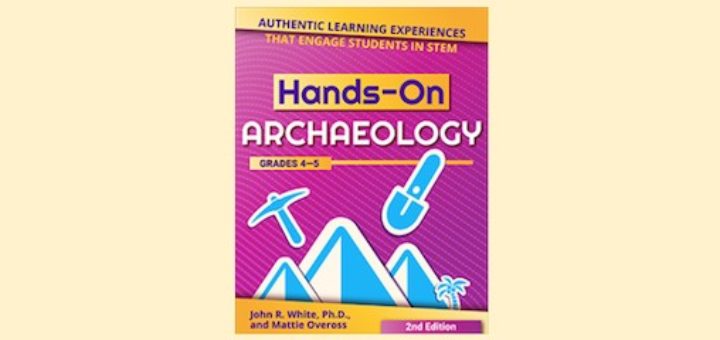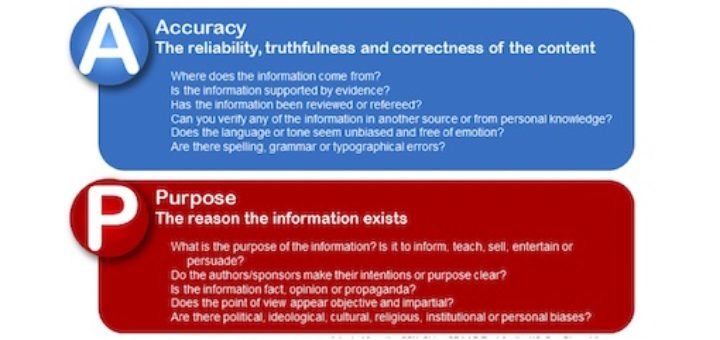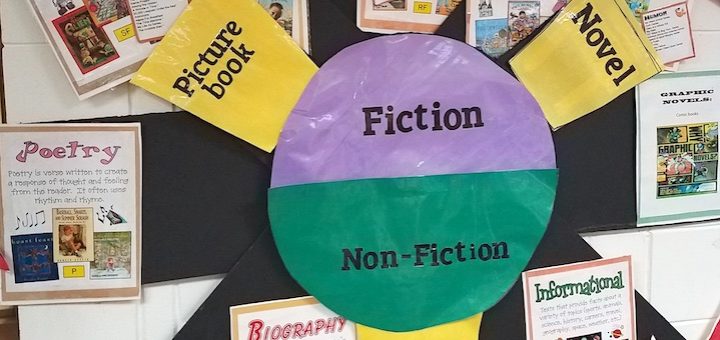Teaching and learning in grades 4-8
In Measuring What We Do in Schools, assessment expert Victoria Bernhardt provides a framework schools can use to evaluate and reconfigure plans for continuous school improvement. Doctoral student Scott Holcomb highly recommends the text’s clear and practical models.
Acknowledging that as a white woman of privilege she cannot fully experience the depth of meaning in Tomi Adeyemi’s Children of Blood and Bone, ELA teacher Dina Strasser shares four takeaways from her limited perspective as an educator and lover of speculative Young Adult fiction.
When students don’t pay attention, they’re often misperceived as distracted, lacking interest, or not trying hard enough. Sometimes this couldn’t be further from the truth, writes coach Elizabeth Stein. Instead, they may need support to sharpen executive function skills.
Racial “microaggressions” do harm to students’ self-image and health, says teacher Cheryl Mizerny, who has spent a decade studying this common teacher behavior and how to avoid it. Learn ways to recognize these often unintentional slights and better support all students.
Talk of grade retention revs up each spring. But it’s seldom a good answer for English learners. EL expert Valentina Gonzalez shares research that debunks the idea that retention helps ELs and suggests ways to boost their academic progress all year long.
If we want students to be better writers and communicators, we need to teach them real world writing. Liz Prather’s Story Matters is exactly the guide teachers need to blend narrative, argumentative and information writing, says English/history teacher Michelle Voelker.
Help middle graders connect past and present using the easy-to-understand lessons in Hands-On Archaeology. Teacher educator Linda Biondi says the authors show us how giving kids opportunities to ‘dig’ in and out of class can build team skills and cross-curricular learning.
As we move into the 2020 presidential election, questioning what we read and hear is paramount. In the fake news era, are students learning how to verify what they consume? Media literacy expert Frank Baker doesn’t think so and says it’s up to educators to teach them.
Learning to read hard nonfiction is a life skill, says principal Rita Platt. It allows students to dive deep into content, enriches vocabulary, and can be a jumping-off point for developing lifelong pursuits. Platt shares strategies her school uses to spark interest.
Writing a letter to a politician is about as “civic” an assignment as we can do within our classroom walls, and it feels so relevant in our polarized political climate. After 3 years of tweaking her project, teacher Sarah Cooper shares tips to boost the response rate.

